
For my semester project, I've decided to take on Kurt, an antagonist from The Boy Next Door. I won't give spoilers for TBND, I promise, but those who've read the early drafts know that Kurt has done some not-so-easily-forgiven things. Why write about him, then?
Two reasons. First, I love this character. He's a bad guy in TBND, but Robert McKee, author of Story, says writers should love all their characters and I believe this is good advice. When you care about a character, you add depth and interest that you might not otherwise do. Second, who among us has really NEVER done something we later wish we hadn't?
Randy Ingermanson's popular Snowflake Method for novel writing has a lot of suggestions that I find useful, including the idea of starting your work with a single sentence of what your novel is going to be about. I also find it helpful to consider a question that I'll be exploring. I think that for this novel, my question is this: Can you ever put back the pieces if you shatter somebody else's life?
The answer? It'll take a whole novel. :-)



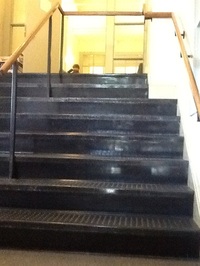
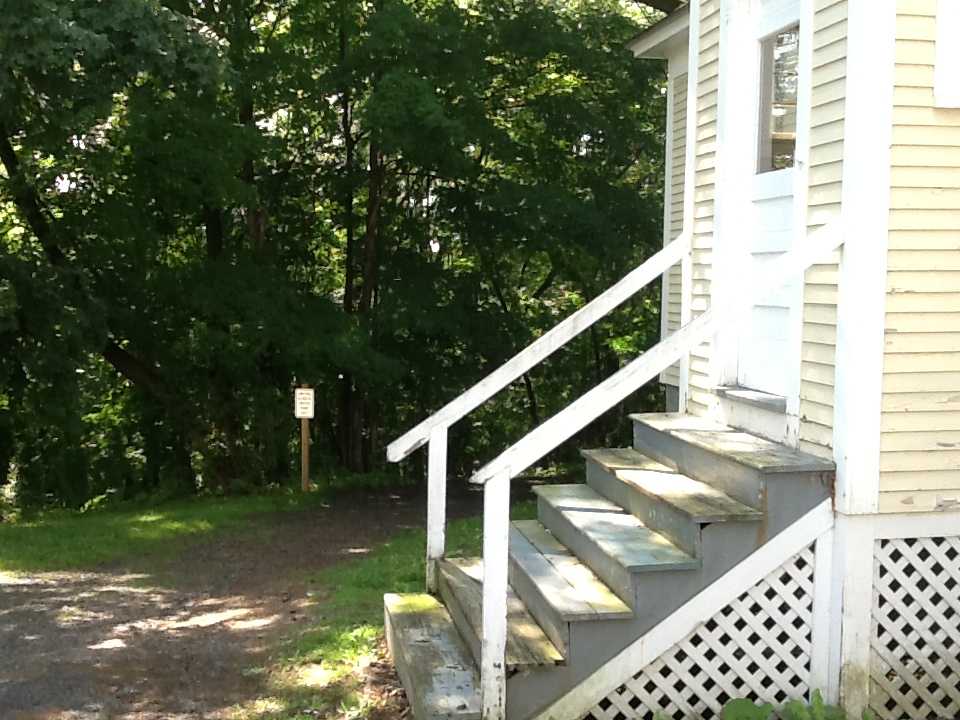



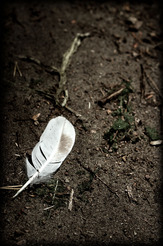
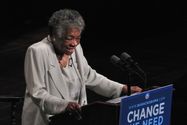
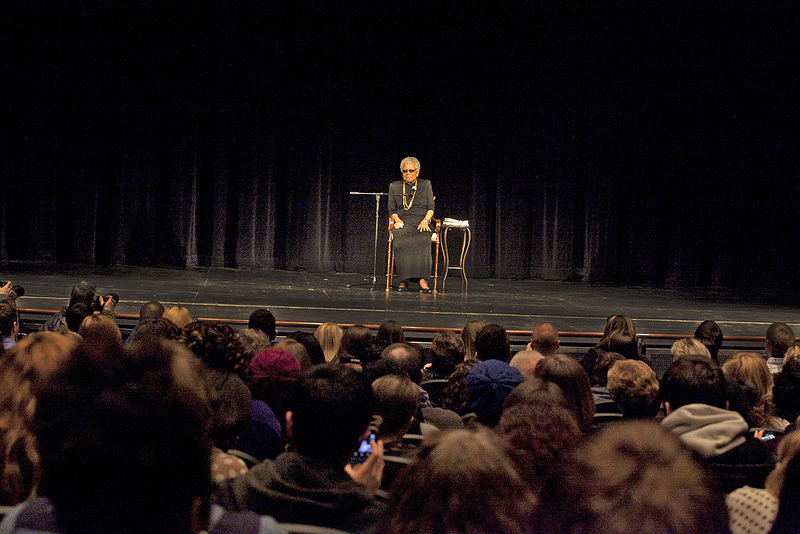
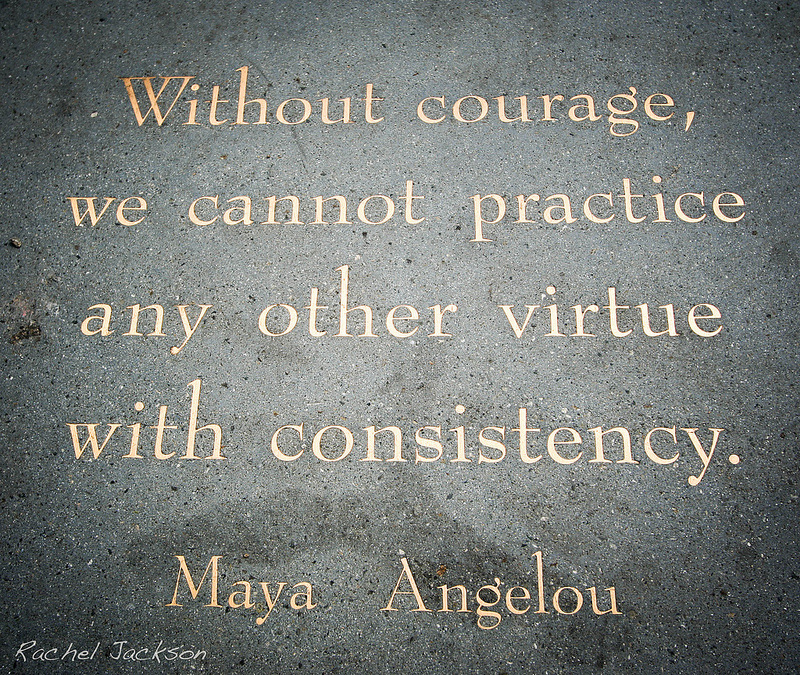
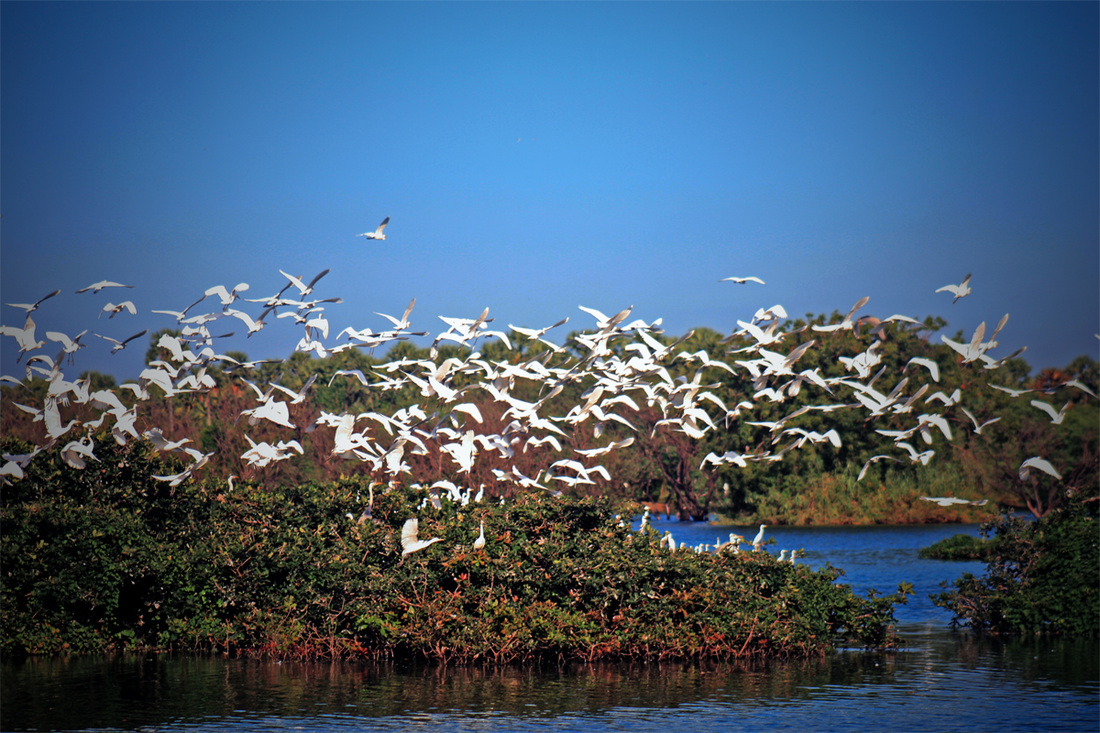
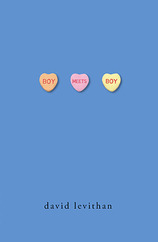
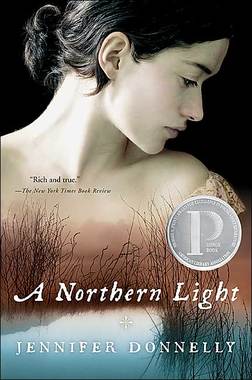
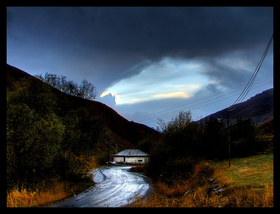
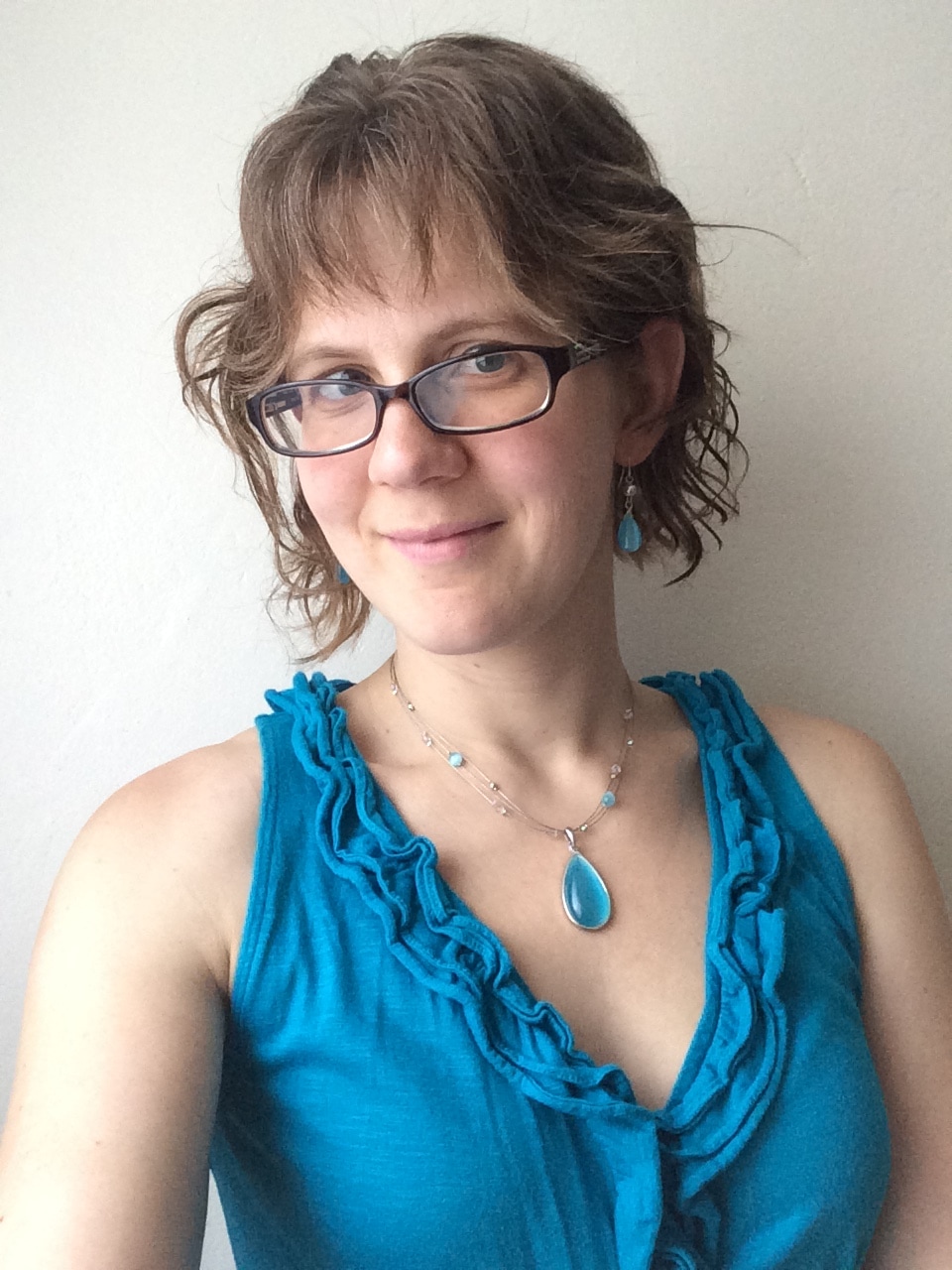
 RSS Feed
RSS Feed